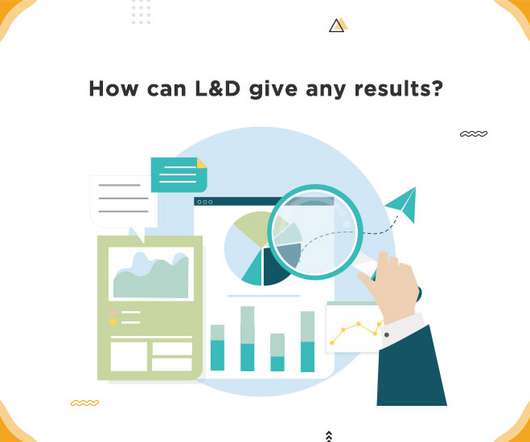Measuring the Impact of Localized Training: Key Metrics and Evaluation Methods
Hurix Digital
AUGUST 16, 2023
The Kirkpatrick Taxonomy Method One of the most widely used models is the Kirkpatrick Method which consists of four evaluation levels. These are the Reaction, Learning, Behavior, and Results. Kaufman’s Five Levels of Evaluation This is a popular method that is built on the Kirkpatrick model.



















Let's personalize your content